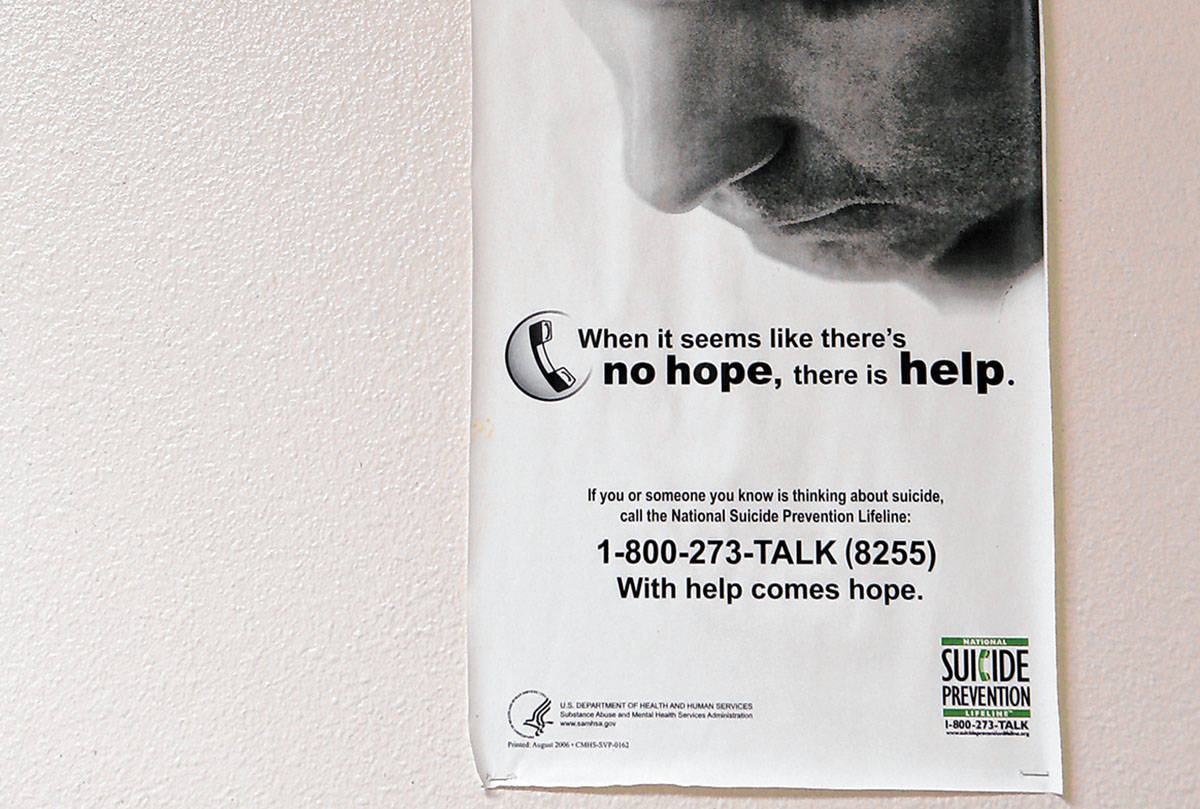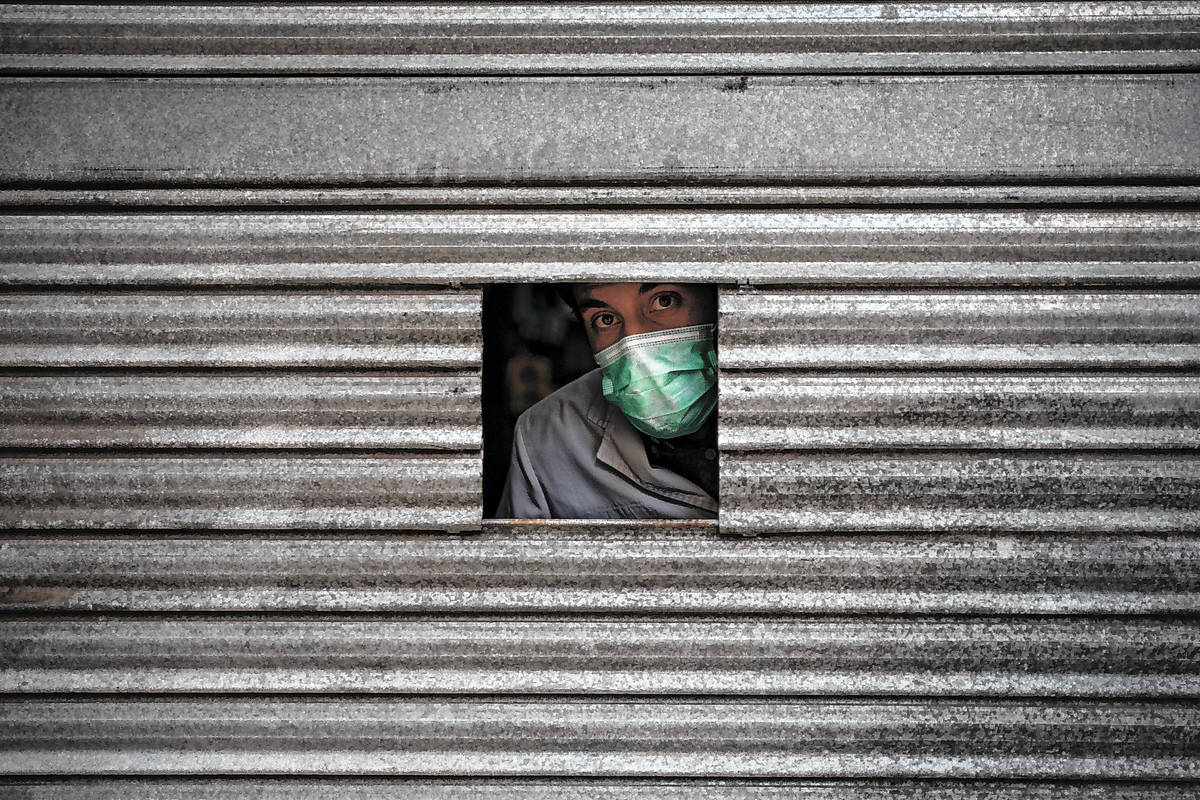NEVADA VIEWS: The looming mental health challenges
Nevadans are now freer to move about as the state reopens the economy and eases shutdown restrictions. But as the state’s pandemic curve flattens, the trajectory of other curves may be rising. That is, the battle against some alarming mental and behavioral health trends resulting from the shutdown is just now beginning.
“The pandemic has stoked the flames of existing mental and behavioral health challenges as well as health disparities,” said Misty Vaughan Allen, suicide prevention coordinator for the Nevada Department of Health and Human Services.
Mental and behavioral health challenges are already big enough. According to the American Association of Suicidology, more than 48,000 Americans took their own lives in 2018. With an average of 132 deaths every day, suicide is the 10th-leading cause of death. For those ages 15-34 years, suicide is the second-leading cause of death, according to the American Foundation for Suicide Prevention.
But the fatality rates tell only part of the story. For every suicide, there are 25 attempted suicides. In 2018, a staggering 1.2 million people attempted suicide. Nevada ranked eighth in the nation in suicide deaths, with 21.7 deaths per 100,000 population. If past averages hold true, more than 600 Nevadans will take their own lives this year, roughly double the fatalities thus far from COVID-19.
But there’s nothing average about this year. What really could add gasoline to the fire is the serious damage the economic shutdown has caused.
According to the Centers for Disease Control and Prevention, isolation, financial duress, job loss, substance abuse and enduring a recent crisis are key factors that contribute to suicide among those with and without mental health conditions. Because the shutdown has exacerbated all of those factors, 2020 could be a very long year.
The national unemployment rate tripled to more than 14 percent in April, and Nevada is taking one of the nation’s biggest hits with more than 400,000 initial unemployment claims filed by early May. Drive by just one shuttered casino and then imagine the thousands of service workers without jobs. These people can’t cozy up and work from home.
Another disturbing trend is the reduction in referrals to Nevada’s child protective services hotlines. These hotlines log referrals from various sources that include educational personnel; friends, neighbors and relatives; law enforcement and medical personnel. From 2017-19, state hotlines recorded an average of 3,824 calls in the month of March. This past March, the hotlines recorded 3,230 calls, about 600 fewer than normal.
Then came the reporting for April. With only 2,300 referrals logged statewide, a frightening trend emerged and the greatest concerns among child welfare professionals were realized. Not only were referrals down for educational personnel, they dropped significantly from other sources such as neighbors, relatives, and medical personnel.
“Many of the adults who typically have eyes on vulnerable youth, like teachers and physicians, have not been connecting with children and families in the same way they normally do,” said Dr. Megan Freeman, a psychologist specializing in children’s behavioral health with the state Department of Health and Human Services.
This has nothing to do with an improvement in family life. When child protective services must look at ways to train grocery clerks to identify potential child abuse, we know we have a problem — a very big problem. As Dr. Freeman said, there aren’t enough eyes on the children. The bottom line: Kids have been locked indoors, and there simply aren’t enough responsible people looking out for them. Imagine an abusive situation in a household under normal circumstances. Now imagine an abusive situation in a household under stay-at-home orders, unemployed parents, substance abuse potential and no schools for children to go to.
The data most concerning to mental and behavioral health experts — whether pertaining to child abuse, suicide, domestic violence or depression — are as important as the data about the contagion. Any future decisions to wall off societal interaction must keep these other victims in mind. And schools must plan to open for the fall semester — classes via Zoom won’t cut it. Without these issues carrying equal weight on the pandemic decision-making scale, our state experts are pretty certain which way these mental and behavioral health curves will bend.
Michael Raponi is a freelance writer in Carson City. He can be contacted at michael.raponi@outlook.com.






























